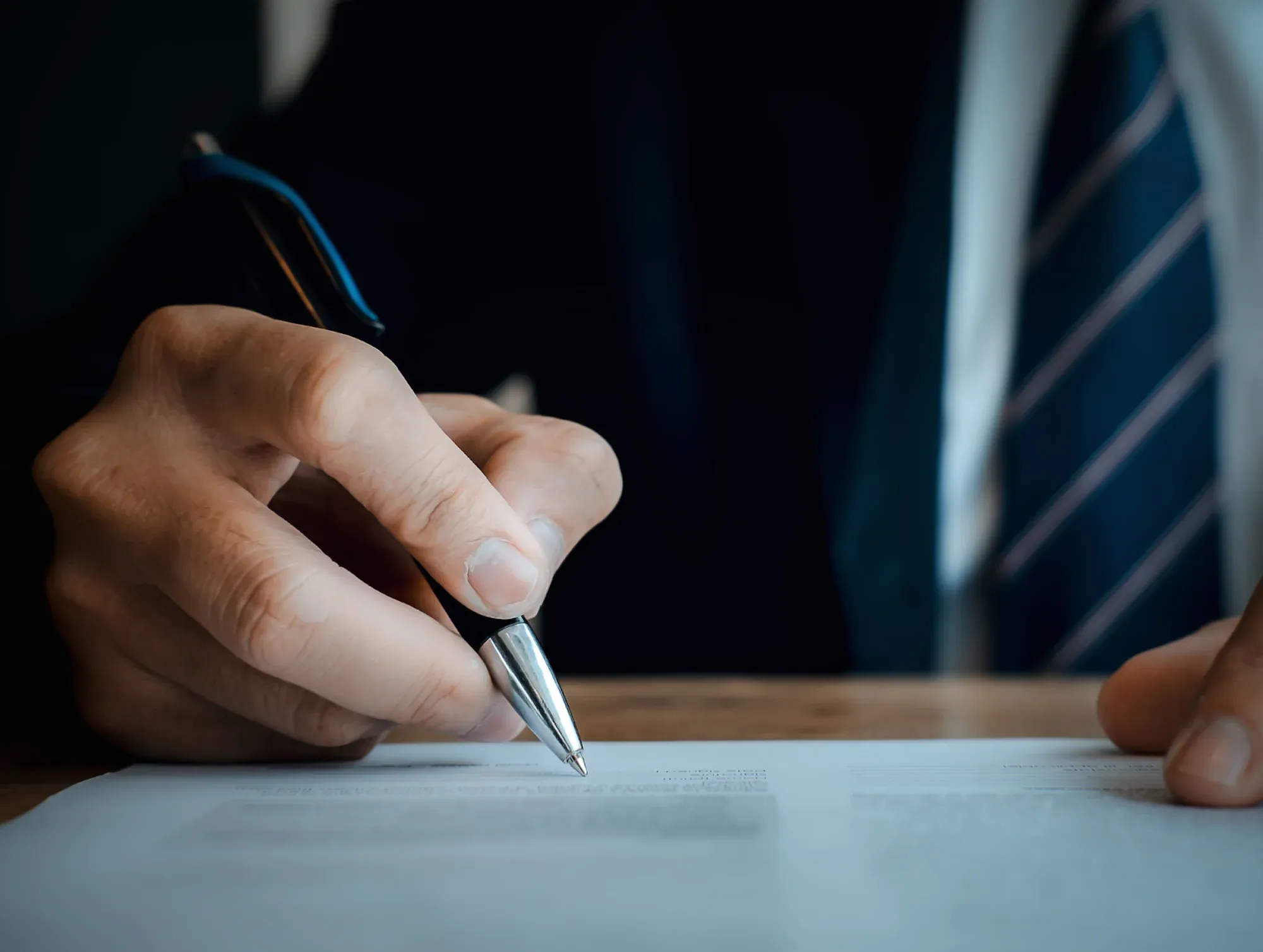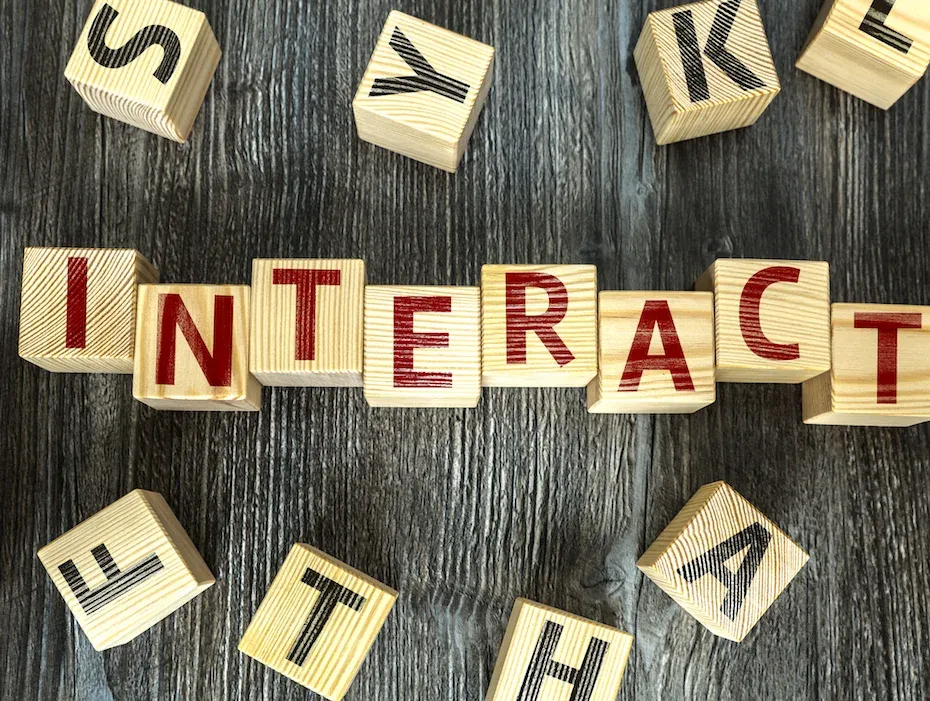
Designers, Take Note: 10 Conflict-Proof Strategies for Logo Creation
Este contenido aún no ha sido traducido al Español. Te mostraremos la versión en inglés a continuación.
Any project is bound to have some conflict among the stakeholders, and the graphic design industry isn't an exception. It's likely to emerge disputes between designers and clients over an issue. Sometimes this leads to ugly scenes and even to legal battles. So, before accepting a client's proposal to create a logo design, a designer must have everything cleared to avoid conflicts with the client. That helps the designer focus on the creative work at hand.
A logo designer should approach a client with some questions and get their answers. This is crucial before agreeing to work on a project. All the terms and conditions regarding different aspects of the project with the designer must be spelled out loudly and clearly. That will resolve disputes that are likely to erupt between the two parties.
Say Goodbye to Logo Design Disputes: 10 Expert Strategies for Designers
1. Have everything written in the contract.

Ensure you start working on a project only after putting a contract in place. Sign a detailed agreement with the client after discussing the terms and conditions. After everything has been agreed upon and signed, you handle those potential conflicts. That also shields you from the client's authoritative approach in unnecessarily finding faults in your work.
Therefore, keep the contract ready before you approach a client for work. Then, make the client sign it immediately if they want to work with you. But prepare the contract carefully with every single clause mentioned in detail. Also, make it legally binding so that you can avoid some serious conflicts with them.
2. Set a project schedule.

Make sure you have made the client aware of the design creation schedule. As an artist, both the client and you must agree to a reasonable schedule. That will help the design get completed on time without any conflict.
When setting the schedule, tell the client when you will show the first draft of the logo during its sketching phase. Then, speak about the likely delivery date of the final piece. Ensure that you have considered your busy graphic design tool in setting a schedule that you can stick to easily.
Even when you use an online logo maker to create the design, completing the work may take many days. So, take your time since you need to create a unique, simple, and impressive logo. Set a schedule you are comfortable with.
3. Know the mode of interaction.

You and your client should also be clear on the preferred communication method during the design process. This is an essential precondition since people have their preferred communication means. For example, some clients may prefer SMS, while others like to talk on the phone.
So, ask them about how you can interact during different design phases. Then, you both should agree to a common mode of communication for smoother interaction.
4. Ask for a written design brief.
As a graphic designer, you must first ask your client to submit a design brief, which will be the base for creating a logo. You may need help to get a clear direction on what the logo should look like regarding brand personality and message. If there is no such brief, the client may have a conflict after you have spent a lot of time creating the logo.
So, get the brief elaborately written by your client with all the design requirements explained. It should include their preferences for colors, fonts, icons, symbols, and other elements.
5. Educate your clients about the design.
One of the best ways to avoid possible conflicts with clients is to make them aware of the salient features of your design. When they understand the design, they are likely to have an insight into what the logo is all about. They then know why you created the logo in that way.
So, as a creative artist, your job also includes educating your clients, which helps establish an excellent designer-to-client relationship. In addition, you should include your client in the design process to put them at ease.
6. Make a convincing presentation.
Most clients need help understanding how a professional logo design works to build a brand image. They give their feedback based on their instincts and impression. Therefore, provide a clean presentation of your logo work to the clients. Make them have an insight into why you created the logo that way.
The presentation should be simple so that a client with no design background can understand what you created.
7. Show your design work early.
Many artists show their artwork only after finally completing them. But to avoid conflict with clients, it is also better to show your work earlier. For instance, you can make a good start if they suggest some modifications at the sketching stage. That is much better than starting the project from scratch if your client isn't satisfied with the final design.
You can save time and energy by meeting a client's design requirement earlier. Your client will trust you more if you show your work samples before signing a contract. Also, showing your design to the client regularly and incorporating their feedback/suggestions will help you tweak it quickly. This practice will work for you as a preview a user sees while creating a logo using a logo creator tool. You can use such software to get design ideas and inspiration, which will provide a great helping hand in your logo design project.
8. Get help from someone experienced.
There is no alternative to experience. While dealing with your clients, approach someone who has gone through it and take their advice. Sometimes, you cannot see faults in your work as a designer since you are too close to it.
So, send your design to a highly experienced designer who knows how your client will react to your work. With such quality feedback, you can then improve your design, which will give you the confidence to face the client.
9. Settle the trademark issue beforehand.
Who will own the trademark on the logo? This is a more complex question that needs to be clarified to both parties in advance. Know that trademark disputes between a designer and a client are common. So, settle it upfront.
This is especially important in the case of design contests. A client picks one design as a winning entry. Generally, the designer is the owner of the design at that point. But the designer, along with the contest platform, transfers the ownership rights to the client.
10. Avoid working with a difficult client.
If, despite all advance agreements, a client needs to follow them and give you consistently, worrying you in many ways, that can be stressful. Such a client will not only waste your time but may also affect your well-being. So, a better solution will be to stop working on the project anymore.
You should gently ask the client if you need more time to finish the design work. Remember, despite signing the contract, you can cancel it anytime.
So, consider these strategies to ensure you work on a client's logo design in a stress-free creative environment. A cooperative and understanding client is a great asset when designing something unique and impressive, giving you creative satisfaction.
Conclusion
Logo designers come across different clients, some of which are difficult to deal with, causing stress. But with some strategies in mind, the designers can handle them efficiently by signing a detailed contract. Knowing the mode of communication, having the design brief, settling the trademark issue, and educating your clients are some tips you can follow to avoid conflict.
You Might Also Want To Know: Top 21 Logo Maker Tools for Creating Professional Logos 2024



